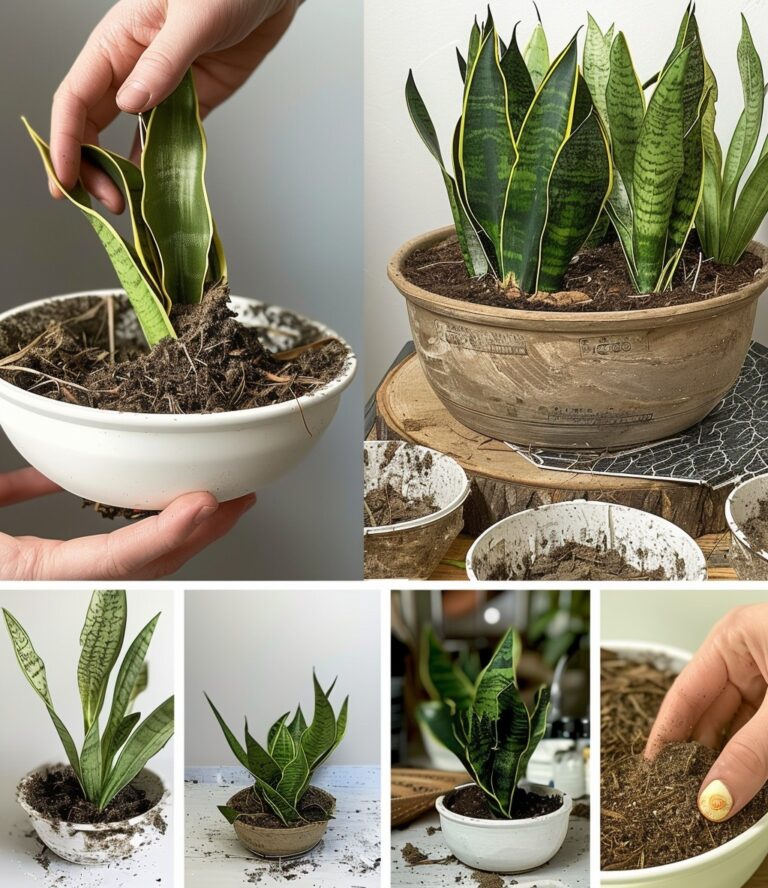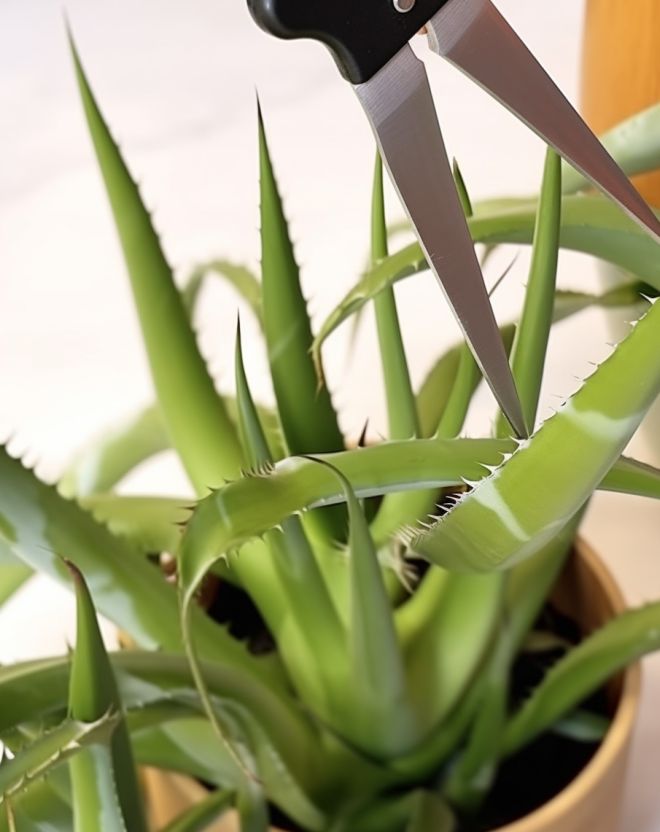7 Expert Tips for Growing Healthy Strawberries in Your Garden
Growing strawberries in your garden has always been one of my favorite gardening adventures. There’s something uniquely satisfying about picking sweet, juicy strawberries right off the plant and knowing that they came from your own backyard. But, as I've learned over the years, growing healthy strawberries isn’t just about planting and waiting. It takes some thoughtful planning, attention to detail, and a little bit of insider knowledge to get those luscious berries we all love.
I remember the first time I tried my hand at growing strawberries. I was so excited, but I quickly realized that I had a lot to learn. My initial attempt resulted in a few small, lackluster berries that were far from the bountiful harvest I had imagined. That’s when I decided to dive deep into the world of strawberry gardening and pick up tips from experienced gardeners. Through trial, error, and lots of experimentation, I discovered some key techniques that made all the difference. Here are seven expert tips that I’ve found invaluable for growing healthy strawberries in my garden.
1. Choose the Right Variety
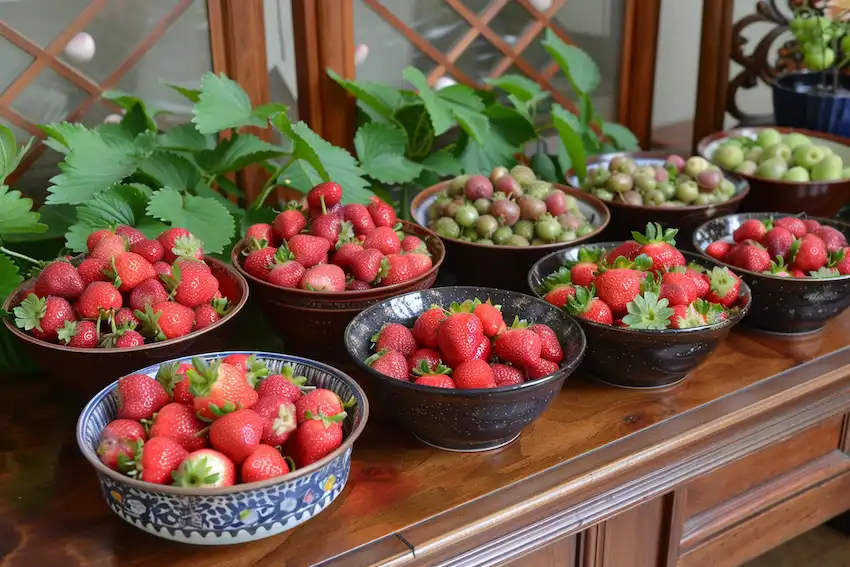
Expert Insight: Different varieties of strawberries are suited to different climates and growing conditions. If you live in a cooler climate, for example, you might want to choose a June-bearing variety that thrives in those conditions. On the other hand, if you prefer a steady supply of strawberries throughout the season, everbearing types might be more up your alley.
How to Implement:
- Research and select a strawberry variety that thrives in your local climate and soil conditions.
- Consider your harvesting preferences, whether you prefer a continuous supply or a single, abundant harvest.
2. Plant in a Sunny, Well-Drained Location
Expert Insight: Strawberries require at least 6-8 hours of direct sunlight daily and well-drained soil to prevent root rot.
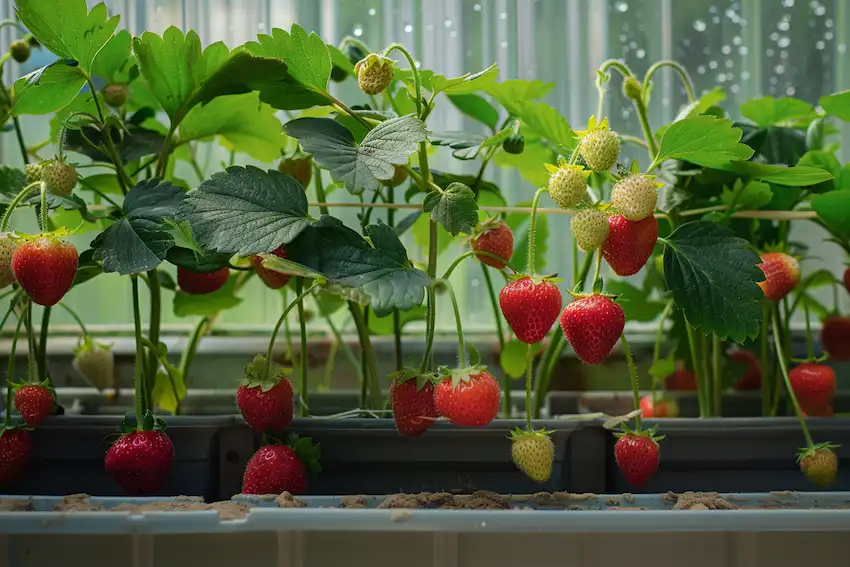
How to Implement:
- Choose a planting site that receives ample sunlight throughout the day.
- If your soil is heavy clay or poorly draining, consider raised beds or containers to improve drainage.
3. Use High-Quality Soil and Organic Matter
Expert Insight: Strawberries flourish in rich, fertile soil that’s high in organic matter. Good soil not only supplies essential nutrients but also improves water retention and drainage, which is crucial for growing healthy strawberries.
How to Implement:
- Enhance your garden soil by mixing in well-rotted compost or manure before planting.
- Maintain soil pH between 5.5 and 6.8 for optimal growth. Test your soil and adjust accordingly.
4. Ensure Proper Spacing and Planting Depth
Expert Insight: Proper spacing is critical for air circulation and sunlight penetration, both of which are essential for growing healthy strawberries. Planting too closely can create a humid environment that fosters disease.
How to Implement:
- Space your strawberry plants 18-24 inches apart in rows that are 3-4 feet apart.
- Plant the strawberries so that the roots are fully covered, but the crown is right at the soil surface.
5. Water Efficiently
Expert Insight: Strawberries need consistent moisture, especially during fruit development, but overwatering can lead to root diseases.
How to Implement:
- Water your strawberries deeply but infrequently to encourage deep root growth.
- Consider using a drip irrigation system or soaker hoses to minimize water on leaves and fruit, reducing the risk of fungal diseases.
6. Mulch to Retain Moisture and Control Weeds
Expert Insight: Mulching around your strawberry plants can help conserve moisture, control weeds, and regulate soil temperature, all of which contribute to growing healthy strawberries.
How to Implement:
- Apply a 2-3 inch layer of organic mulch, like straw or pine needles, around your strawberry plants.
- Mulch can also help regulate soil temperature, keeping roots cool in summer and insulated in winter.
7. Monitor for Pests and Diseases
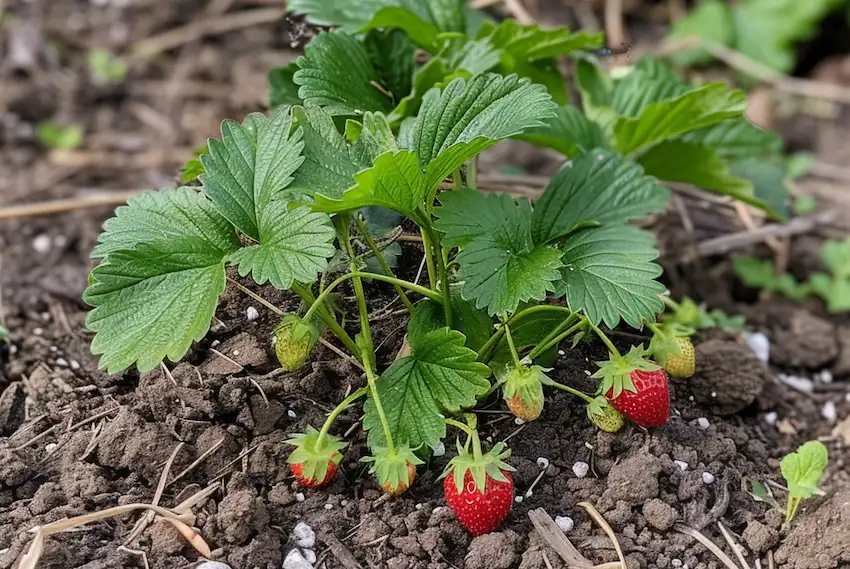
Expert Insight: Early detection and management of pests and diseases are key to maintaining a healthy strawberry patch.
How to Implement:
- Regularly inspect plants for signs of pests such as aphids and spider mites, and diseases like powdery mildew or leaf spot.
- Implement integrated pest management (IPM) practices, such as encouraging beneficial insects, using row covers, and removing infected plants promptly to prevent spread.
Growing strawberries in your garden can be incredibly satisfying, especially when you harvest your own sweet, sun-ripened fruits. By following these expert tips and giving your strawberry plants the care and attention they need, you’ll be well on your way to enjoying a successful and delicious strawberry crop. Happy gardening!
Inspired by this? Share the article with your friends!

